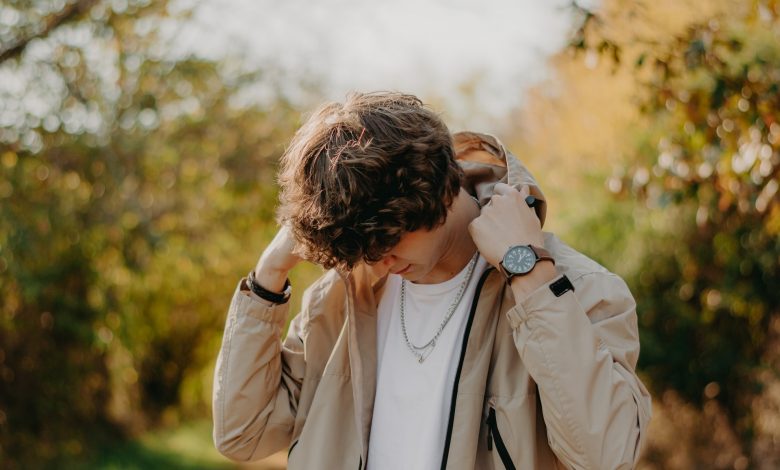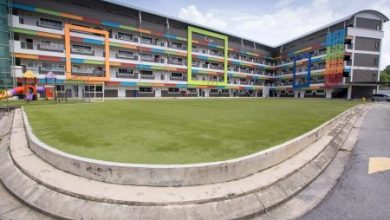What is a Composite Images? Complete Detail 2022

You’re flipping through your Instagram feed, killing time in line at the supermarket, and unexpectedly you’re doing twofold takes. Your consideration is caught by a progression of inconceivable – or doubtful – pictures. They’re unfathomable. A child deer standing thump kneed in Times Square. Your dearest companion eating with three clones of herself. Or then again a human face softening into a structure, and it looks excessively genuine. These can be precisely called Composite Images. They’re the absolute most convincing visuals you can fuse into your site and online entertainment records, and they’re…
Indeed, to put it obtusely, they’re phony.
Hot or not Composite pictures are comprised of at least two photos, which are joined to make one picture. Regardless of whether the term is unfamiliar to you, you’ve totally seen composite pictures consistently. You might’ve seen in promotions, on sites, in the news, even on your companion’s Instagram.
As a matter of fact, you most likely have proactively fiddled with CREATING composite pictures yourself. One of the first things the vast majority try. Especially when they get their gloves on some collage maker as a child is trading heads on a family picture, correct?
Maybe not your best work.
Judging a “great” or all-around good composite picture relies upon a ton of measures. Now and again, the best composite pictures will LOOK genuine, while others will look deliberately strange. Consider the contrast between adding extra Koi fish to make a lake look richer and more dynamic. As opposed to causing a lady’s chestnut hair to change into tree limbs over her head.
Computerized composite pictures resemble a montage.
A composite joins (at least two) photos to make one – rather persuading – last picture. This is delivered essentially less muddled because of the coming of electronic photography. Or advanced altering and a steadily extending set of elements and instruments. They are easily accessible with present day software and applications.
This visual divination didn’t begin with the approach of Photoshop. As a matter of fact, an incredible inverse. Before advanced photography was even a gleam in Steven Sasson’s demeanor, composite representation was at that point being rehearsed. In the 1880’s, Sir Francis Galton designed a procedure to take various openings on a similar visual plate.
In 2017, as opposed to using various openings on similar piece of film. Picture takers and planners for the most part take separate pictures and mix them flawlessly using lyers, covers and foggy spots.
Why use composite pictures?
Composite pictures can be unquestionably helpful while you’re searching for a method for editorializing your visual content. That can be on everything from blog articles to items to art projects. There are many purposes behind this. Initially, composite pictures will quite often be exceptionally convincing.
Regularly, the last composite picture compares articles or living things in far-fetched (or unthinkable) mixes. Some of the time, the scene portrayed is conceivable. However, it would be too challenging to even think about catching in an authentic second. Different times, composite images are used to mix a few still shots of scenes and cityscapes. It is to use the best lighting, consolidating them to make a shocking yet actually inconceivable photograph.
Composite images can likewise inspire and suggest the progression of time in a reasonable manner. It also displays quantum material science type of way that long openness can’t accomplish.
Exemplary Composite Images
-
The “Clone Wars” Image
Duplicate or “clone” yourself to make a period slip by style picture. Or to depict the different passionate states or “sides” of yourself. This style of composite picture can be entertaining, sensational, or unpretentious. It is contingent upon what you’re attempting to accomplish.
Set up your camera in one spot. It will be essential to take however many various postures inside the scene as could reasonably be expected. While the lighting is something very similar. Try not to move or upset primary components in the scene. (like the position of a seat, a vehicle or other huge components).
-
The “We Were the Only Ones Here” Image
Utilizing a clock holiday to make efforts implies everybody can get in the image. Yet that doesn’t mean you really need EVERYONE in the image. Eliminate bothersome travelers, photobombers and walkers from your excursion photos by making a composite picture.
Once more, set up your camera in a decent spot. You’ll shoot a few takes of say, the World’s Largest Ball of String. At the point when it comes time to snatch a shot with you or your friends and family. Regardless of whether another person ends up wandering into your edge. You can just eliminate them using different shots you removed to cover them from the picture.
-
The “What A Coincidence I Snapped This At The Perfect Time” Image
This will prove to be useful when you’ve shot a few pictures (say, at your child’s birthday celebration). However, there are “great” components spread across a few casings. You can take more time to amalgamate and make that ideal picture.
Assuming your Aunt Rose has her eyes shut in each casing. EXCEPT the one where every other person is ready impeccably for that authentic shot you were holding back nothing. Supplant her with the better form for an ideal picture. Just cut her (or her environmental elements) out, glue, and mix.




